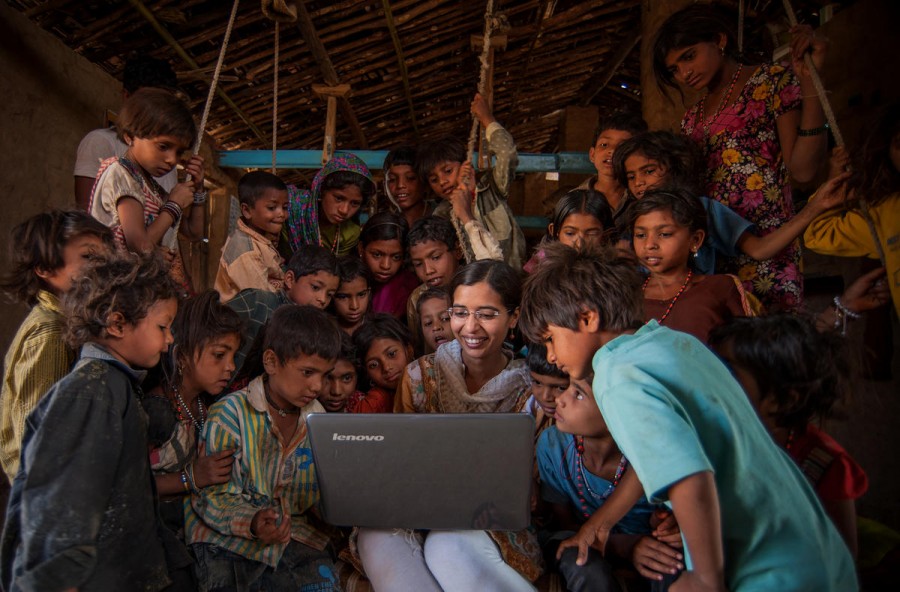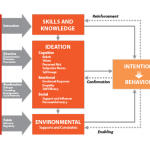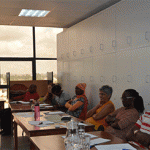Quick and Accurate Learning Assessments for Low Resource Settings
This post is a special follow-up to an HC3 webinar of the same name presented September 2014.
Supporting the development of professionals is a challenging and complex undertaking regardless of where they practice.
However, there are additional challenges when the practitioners are across the globe and working in low resource environments. The first and most important consideration in these, and all professional development work, is to identify the true performance challenges in a well devised needs analysis. It’s essential to consider the entire performance environment in order to address the right issues, and to do this well you must look beyond the knowledge and skills of the practitioner. A recent HC3 webinar presented four tools that could be used to consider resources, incentives, expectations for performance, feedback and workload capacity. All of these are important contributors to performance, but once they are identified how do you then apply a blended learning approach to support the practitioner?
While learning solutions are appropriate for supporting the knowledge and skills needs of professionals, there are a variety of reasons why you might consider a blended learning approach to address these needs.
First of all, are you choosing a blended approach because you believe it will produce the best possible outcome? Or are you choosing it because of the distance between yourself and the practitioner? Adult education theory tells us that giving learners a level of control over their acquisition of knowledge and skills, and helping them see immediate, practical application of what they are learning will improve the outcome. This consideration makes blended learning a good approach even in local applications. Ask yourself, if your practitioners were right down the hall would you still be advocating a blended learning approach? Do you believe blended learning is the optimum approach and will ensure learning happens quickly, that it is longer lasting, and that higher levels of achievement result?
Another aspect to consider is the difference between practice knowledge versus traditional knowledge and skills development.
For example, a nurse will certainly need the chemistry and math capability required to properly proportion dosages of medication for immunization or treatment of illness, and can even practice delivering injections using oranges or similar substitutes. Adults often do well in the self-directed engagement with materials to acquire this kind of knowledge, particularly if they have opportunities to self-assess that knowledge through testing or other evaluation opportunities. However, tacit understanding of the practice of their profession in relation to that knowledge—such as an understanding that tense patients experience greater pain with an injection because their muscle is not relaxed—is not as easily acquired without clinical experience or engagement with professionals who have that experience. The more practitioners have opportunity to engage directly with one other, the more likely that practice knowledge will be shared and internalized.
For this reason, blended learning approaches might consider more highly interactive methods for practice knowledge acquisition.
What are some examples of where you have designed or experienced blended learning that successfully delivered either traditional knowledge or skills or practice knowledge or skills? Based on those experiences, do you agree this is an important consideration when thinking about blended learning?








Leave a Reply
Want to join the discussion?Feel free to contribute!